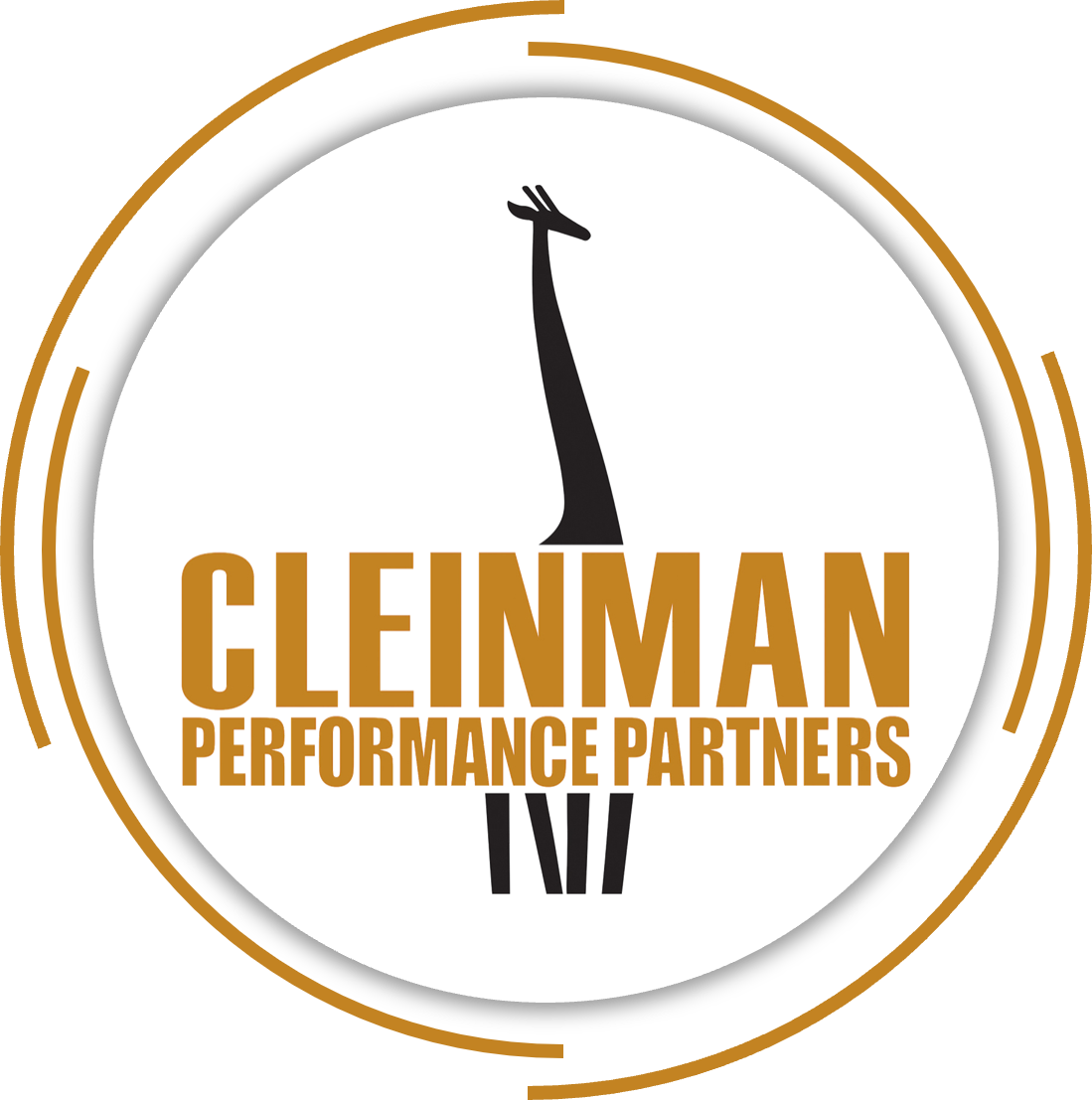 In our vision plan/managed care world, with increasing write-offs compounding the challenge of increasing costs, managing cash flow is ever more critical. Recently, I’ve had several clients lament about increasing Accounts Receivable and, as a result, declining “Collections.” During these discussions, I outline the “MIS” of collections…namely Management, Incentives and Systems.
In our vision plan/managed care world, with increasing write-offs compounding the challenge of increasing costs, managing cash flow is ever more critical. Recently, I’ve had several clients lament about increasing Accounts Receivable and, as a result, declining “Collections.” During these discussions, I outline the “MIS” of collections…namely Management, Incentives and Systems.
First, from a management perspective, someone must “own” your AR. Let’s assume that it’s your insurance coordinator. They are the OPR (Office of Professional Responsibility) for AR. It’s their job to manage your AR performance.
Now that you’ve established management responsibility, you and your OPR need something to manage against…a Key Performance Indicator or Benchmark. The dollar amount of your AR balance is not “it” since your AR balance will grow as your business grows. The important number to watch and manage is “Days Receivable Outstanding (“Days Receivable”). This number reflects the number of days that it would take you to collect your outstanding AR based on your average daily receipts. In simple terms, it’s calculated by taking your Average Daily Collections (last year’s collections÷360) and then dividing your AR balance by that number. So, if your AR balance is $100,000 and your Average Daily Collections is $5000, your Days Receivable is 20. This means that, were you to stop doing business, it would take you 20 days to collect your outstanding Accounts Receivable. That’s the number to manage since this number is not generally impacted by revenue growth.
Our Cleinman Performance Network Benchmark is 21. Let’s assume that your performance is 28. With that comparative, you’re clearly under-performing in terms of collections and you have a clear objective (get to 21 or better). If you’re a $1mm practice, that means that you have almost $20,000 in AR that should be in your bank account. You and your OPR are now looking at the same performance measurement. You’re on the same page.
So how does one go about actually improving your AR performance. In order to ascertain the how, you must have knowledge of the “what” and the “why.” The next element of collections is incentives. Simply stated, as the leader, you have to define “what’s in it for me (the OPR) if AR improves?” One logical incentive is to bonus your OPR for each day that they reduce Days Receivable. Whatever method that you use, it should be simple to understand and clearly tied to the “critical number” (in this case, driving Days Receivable to 21 or better). You can establish a simple system as follows:
- Ascertain the value of a one-day reduction in Days Receivable (let’s say it’s $5,000).
- Decide what having that cash is worth to you. Is it worth $250 to collect $5000?
- Provide the OPR with an incentive. “Mary, for each day that you reduce DR, I’ll pay you $250. And when you hit the benchmark, I’ll pay you an extra $500.”
- Only pay the incentive once. In other words, if they take DR to 27 from 28, they get the bonus. But if DR goes back up to 28, they have to hit 26 before they get another bonus.
Now that you’ve assigned Management and have the Incentive defined, the next step is about Systems. Does your OPR have the tools (the system) they need to manage the benchmark? Is necessary information available? Have you provided training for the responsibility?
Your OPR should perform a “root cause analysis.” Why would AR go unpaid? Is it because of misfiled claims (quality)? Is it because you’re not filing claims in a timely manner (quantity)? Is it because you’re not following up on unpaid claims (research)? Your OPR should review every AR balance outstanding and document the root cause of the payment delay. Then categorize the results. This process will then direct the OPR as to where to invest their energy.
Providing your OPR with the responsibility for improvement and not the authority is an Rx for failure. The OPR must be empowered to lead your team towards improvement. If 45% of unpaid claims are the result of the technicians not completing a file correctly, then the OPR must have the authority to address that issue with training or other means. They must have the authority that goes with the responsibility.
Managing “collections” is all about Management, Incentives and Systems. Follow the MIS plan and you’ll soon unlock the AR asset and experience a fatter bank account.
